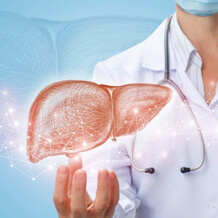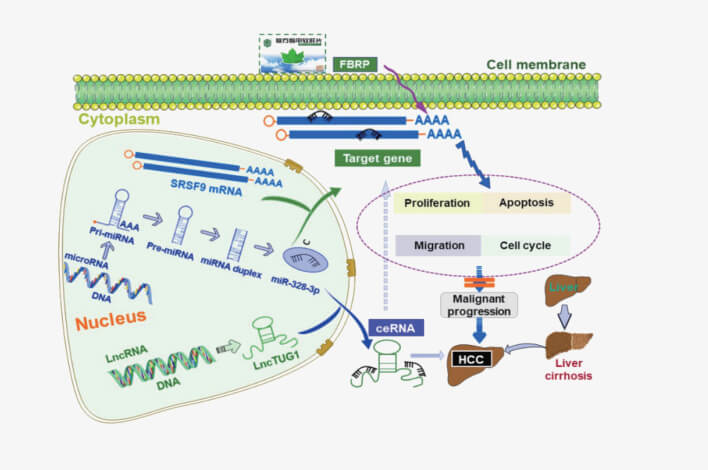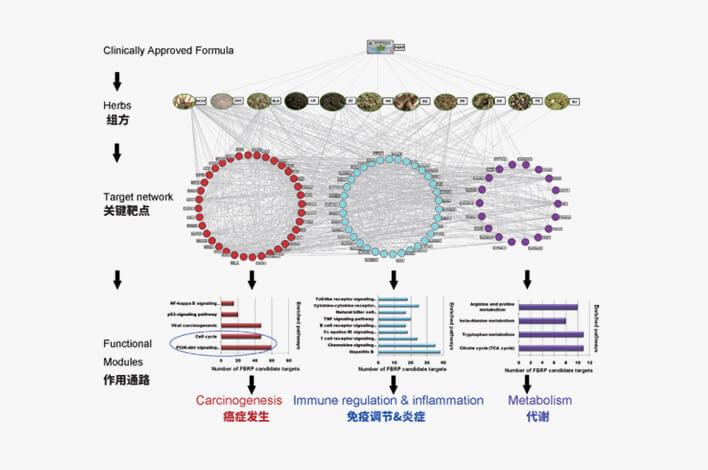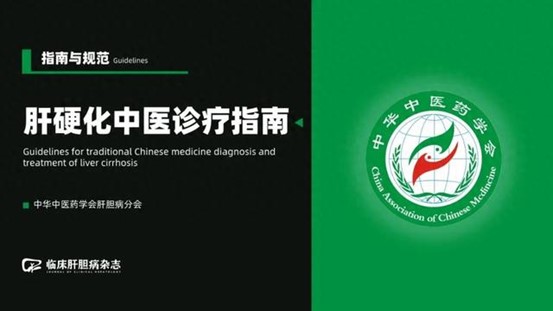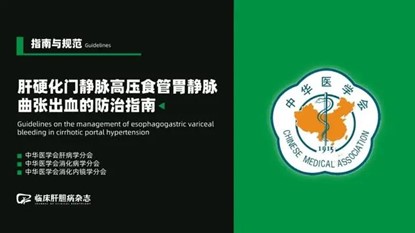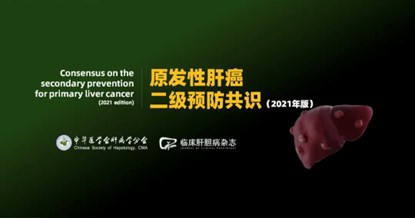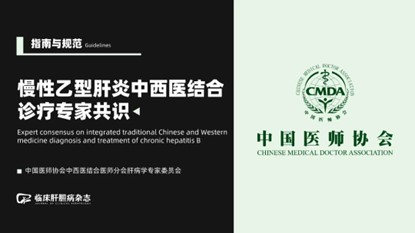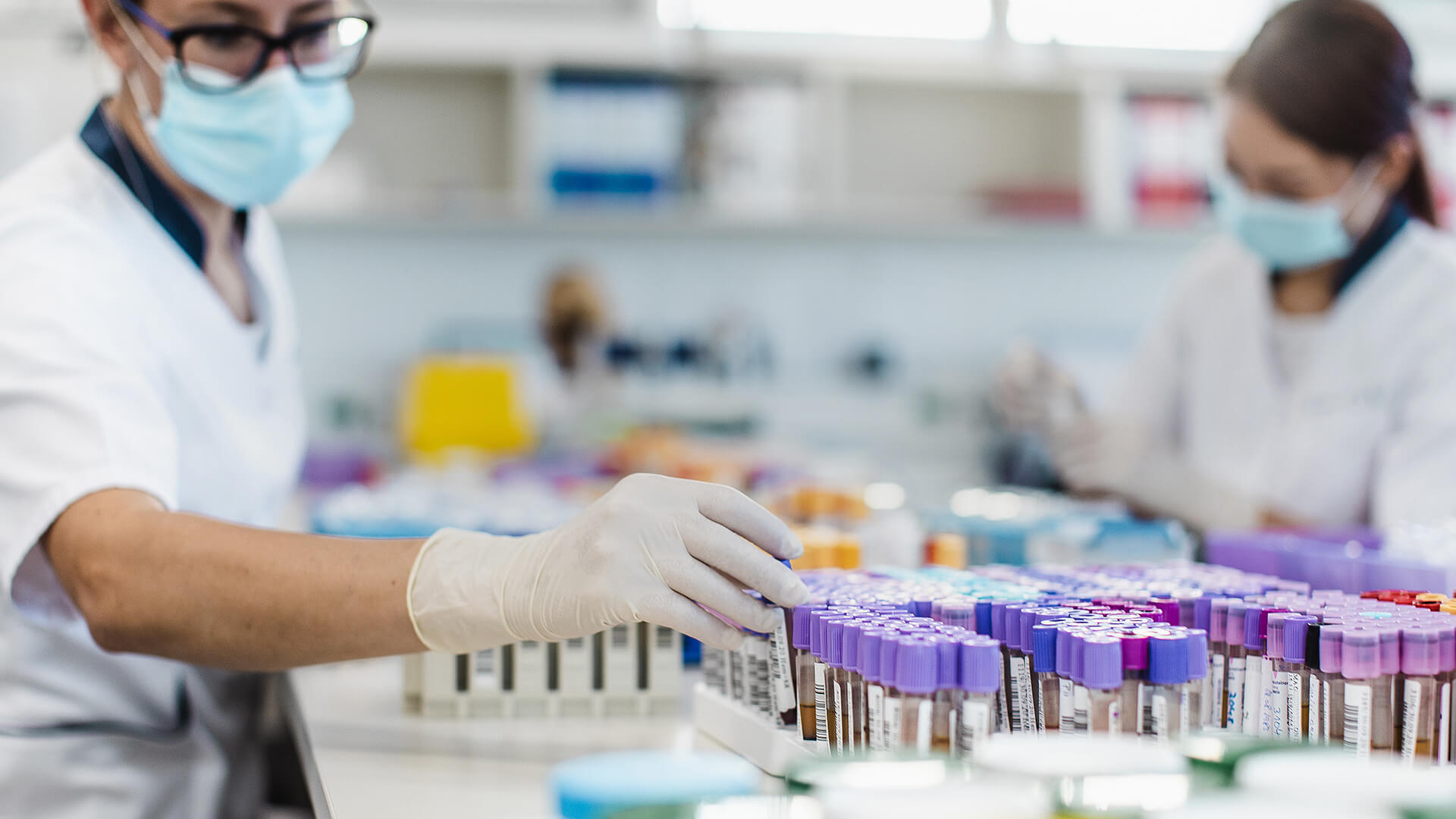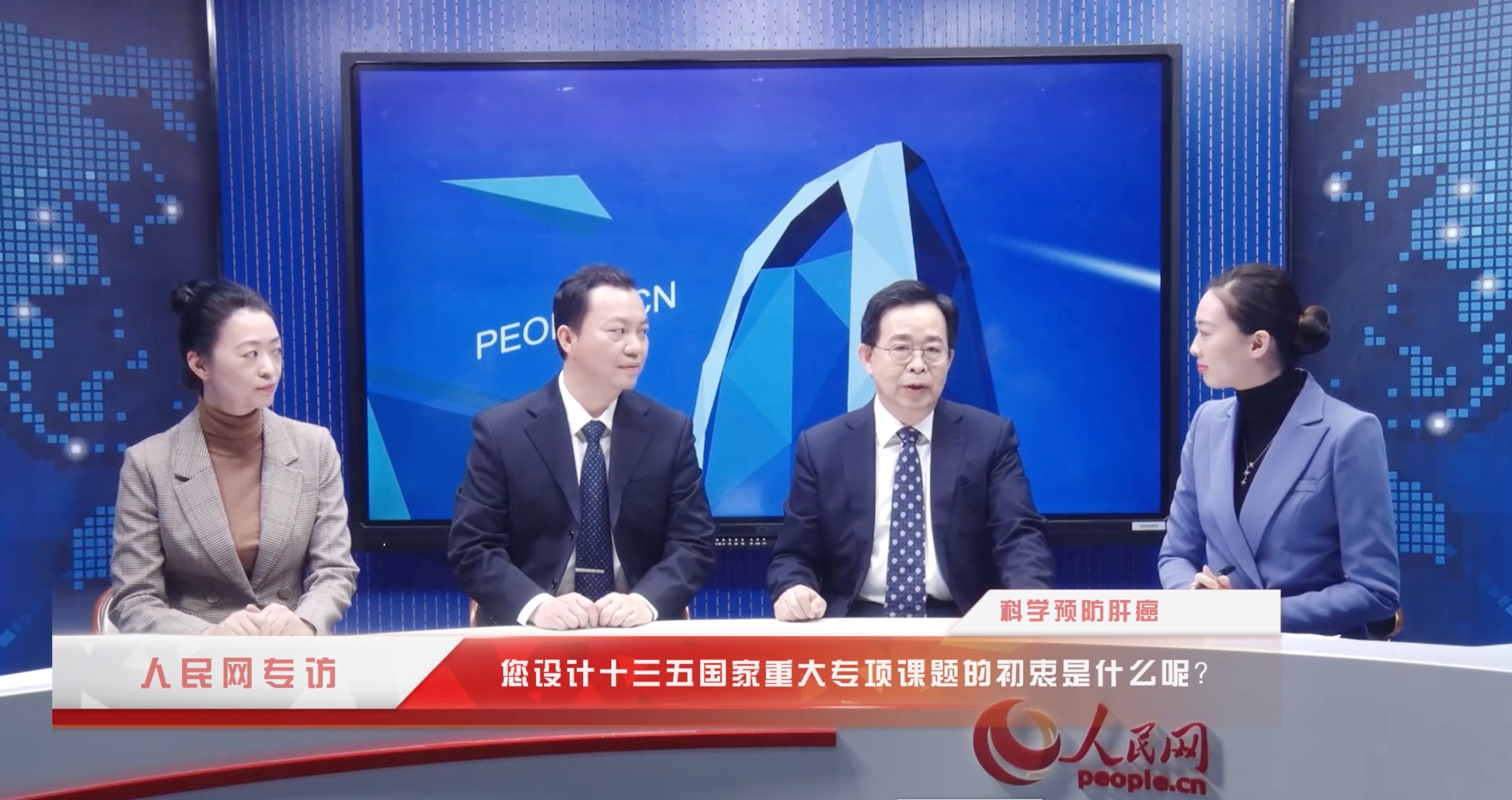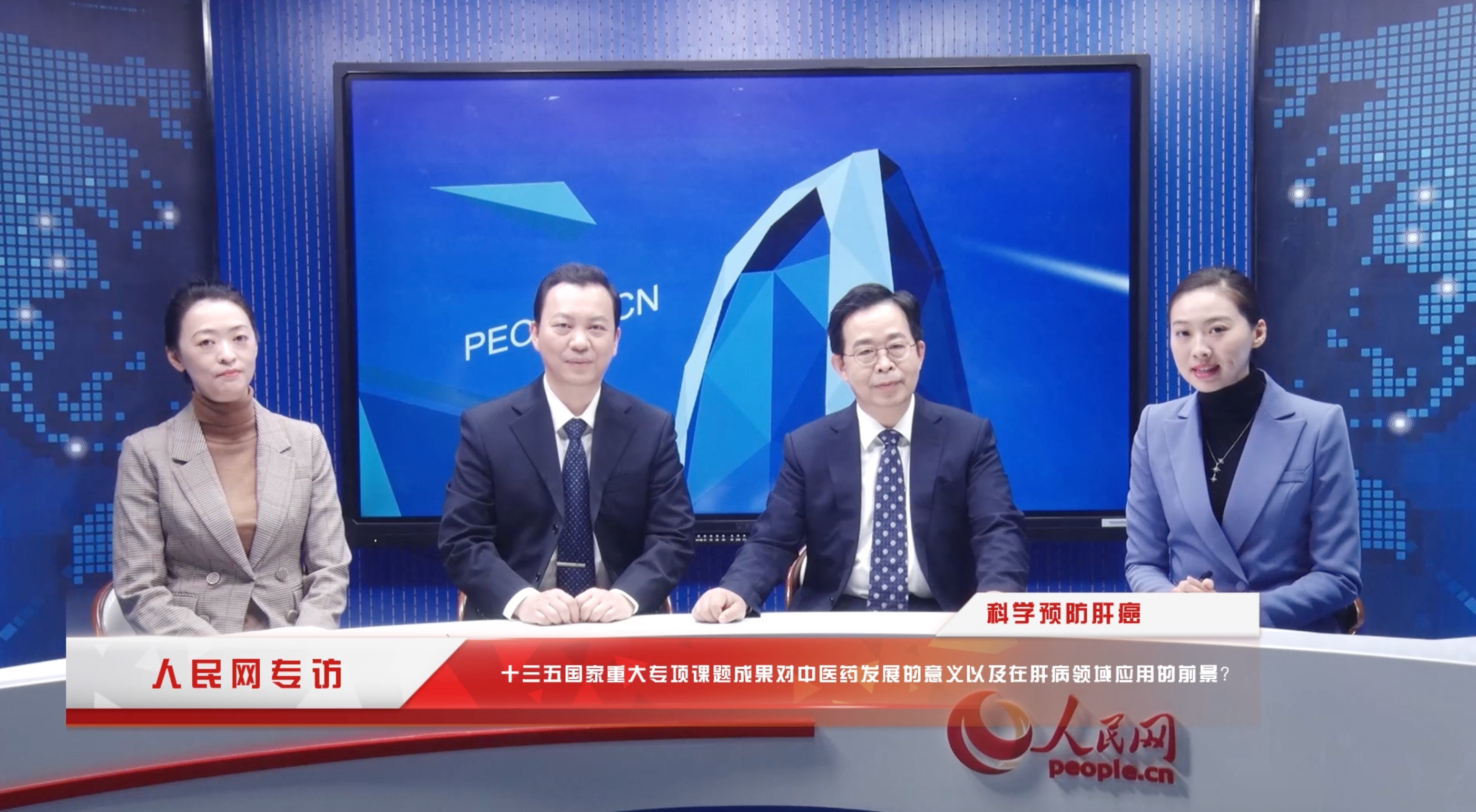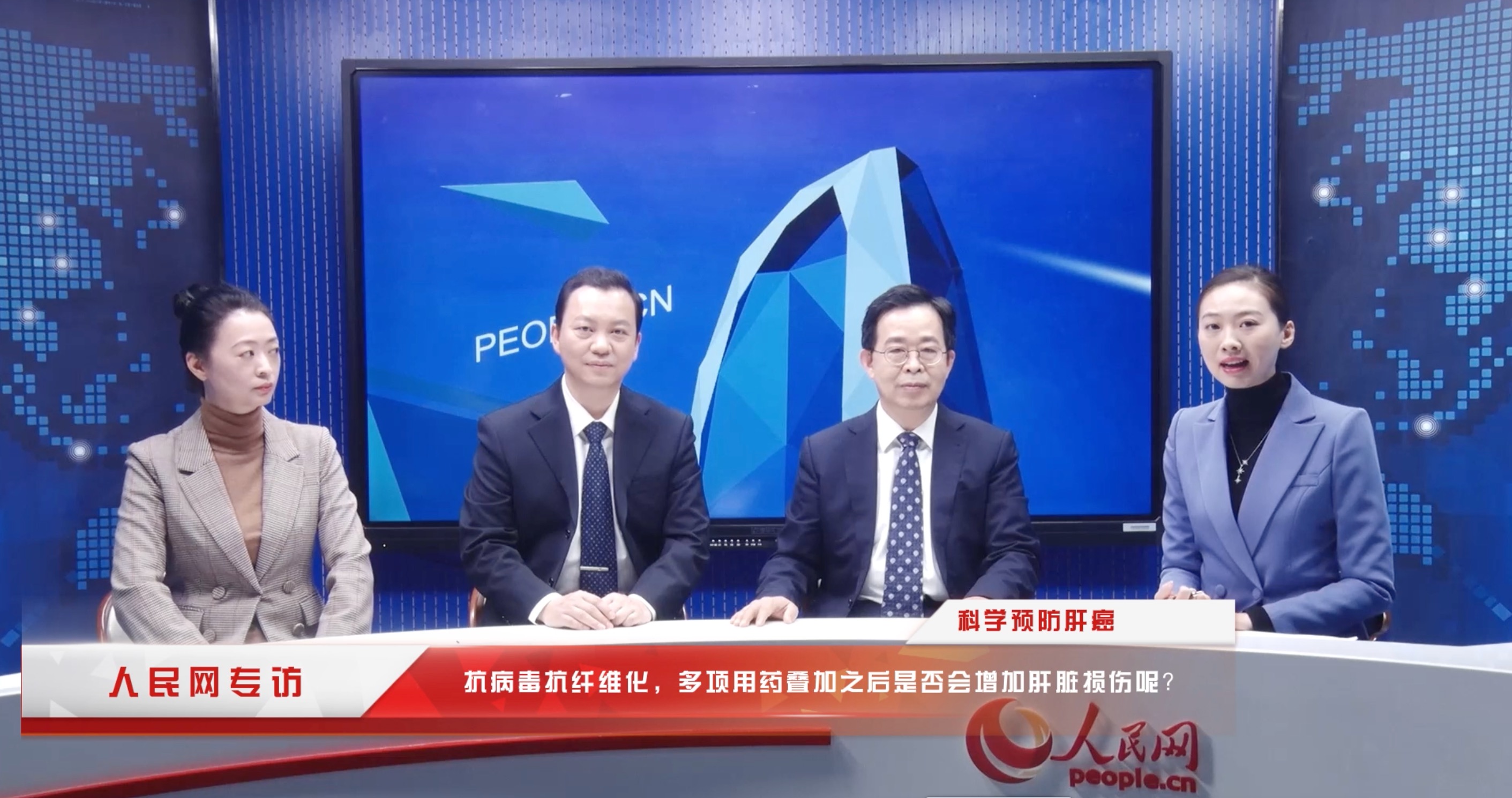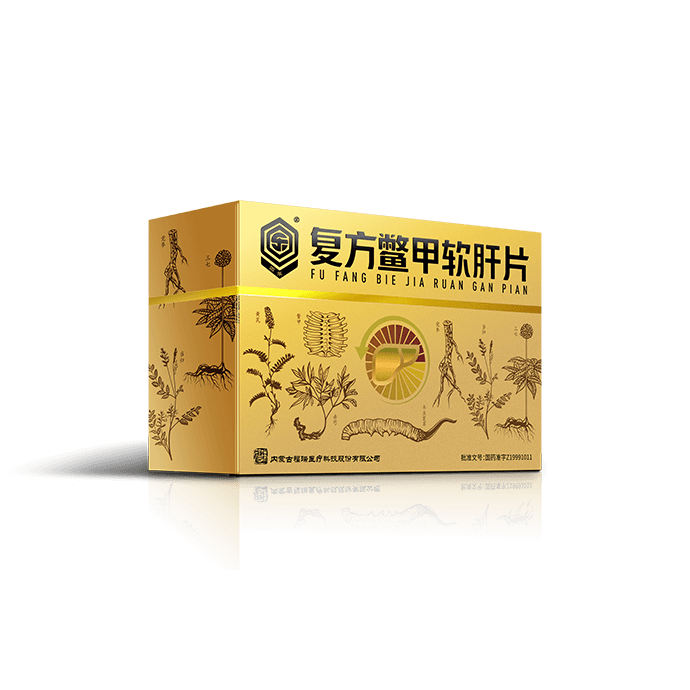
Compound Biejia Ruangan Tablets
Ingredients: Prepared Carapax Trionycis (Bie Jia), Curcuma Zedoaria (E Zhu), Red Peony Root (Chi Shao), Chinese Angelica (Dang Gui), Notoginseng (San Qi), Codonopsis (Dang Shen), Astragalus (Huang Qi), Human Placenta (Zi He Che), Cordyceps (Dong Chong Xia Cao), Isatis Root (Ban Lan Gen), Forsythia (Lian Qiao).
Functions and indications: Softens hardness and dissipates masses, invigorates blood and resolves stasis, clears toxins, and tonifies qi and nourishes blood. Indicated for chronic hepatitis B with liver fibrosis and early-stage cirrhosis characterized by blood stasis obstructing the collaterals, qi and blood deficiency, and residual internal heat toxins.
Clinical manifestations: Dull pain in the hypochondrium or palpable masses under the ribs, dark facial complexion, distention in the epigastrium and abdomen, poor appetite, loose stools, fatigue, dry mouth, bitter taste, and visible red threads in the sclera (indicative of heat toxin).

National "12th Five-Year Plan" and "13th Five-Year Plan" Major Science and Technology Projects Research
Compound Biejia Ruangan Tablets combined with antiviral drugs can significantly reduce the incidence of liver cancer
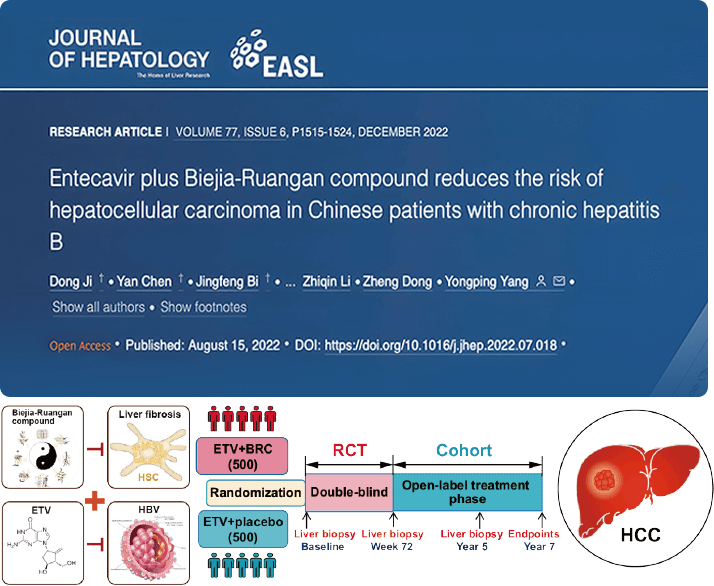
This achievement was published in the top hepatology journal Journal of Hepatology (IF 30.083). It is the first clinical study presenting high-level evidence in an international top-tier academic journal demonstrating that traditional Chinese medicine can reverse liver fibrosis and reduce liver cancer incidence. This work overcomes the longstanding lack of internationally recognized clinical evidence, especially regarding the most critical aspects of clinical efficacy and safety. It significantly elevates the status of traditional Chinese medicine in the global academic community and represents a groundbreaking milestone not only for hepatology but for the field of traditional Chinese medicine.
The research results provide a more effective treatment plan for the majority of hepatitis B patients, and are of great breakthrough significance for reducing the burden of health economy in China, improving the health level of the whole people, and further enhancing the overseas influence of traditional Chinese medicine.
Compound Biejia Ruangan Tablets significantly reduce the incidence of liver cancer
"Antiviral and Antifibrotic" therapy is not only highly effective, but also significantly improves the reversal rate of liver fibrosis, which is an effective treatment.
“Antiviral and Antifibrotic” therapydemonstrates safety
Achievements of Researcher Zhang Yanqiong
Compound Biejia Ruangan Tablets significantly improve fibrosis progression and help prevent the development of liver cancer by modulating theceRNAnetwork
Researcher Zhang Yanqiong and her team at the Institute of Chinese Materia Medica, China Academy of Chinese Medical Sciences, have discovered that the LncRNA-TUG1–microRNA-328-3p–SRSF9 mRNA axis is involved in the development of hepatocellular carcinoma (HCC).
The study further revealed that Compound Biejia Ruangan Tablets can regulate SRSF9 mRNA and miR-328-3p, thereby inhibiting the proliferation, migration, and cell cycle progression of HCC cells, while also inducing apoptosis;
This research was published in Molecular Cancer (Impact Factor: 41.444; JCR Quartile: Q1), one of the leading journals in the field of basic oncology research.
11 societies, 16 authoritativeguidelines/consensus clinical recommendations
Hepatology Branch of Chinese Medical Association, Infectious Diseases Branch of Chinese Medical Association, Gastroenterology Branch of Chinese Medical Association, Hepatobiliary Diseases Professional Committee of China Association of Chinese Medicine, Hepatology Professional Committee of China Medical Association of Minorities, Spleen and Stomach Diseases Branch of China Association of Chinese Medicine, Endoscopy Branch of Chinese Medical Association, Hepatology Professional Committee of Chinese Association of Integrative Medicine, and 11 other authoritative academic societies participated.

